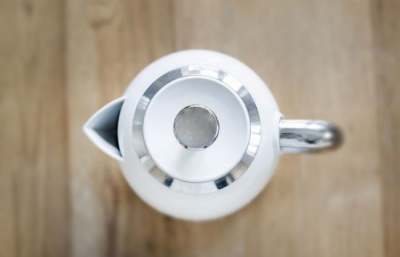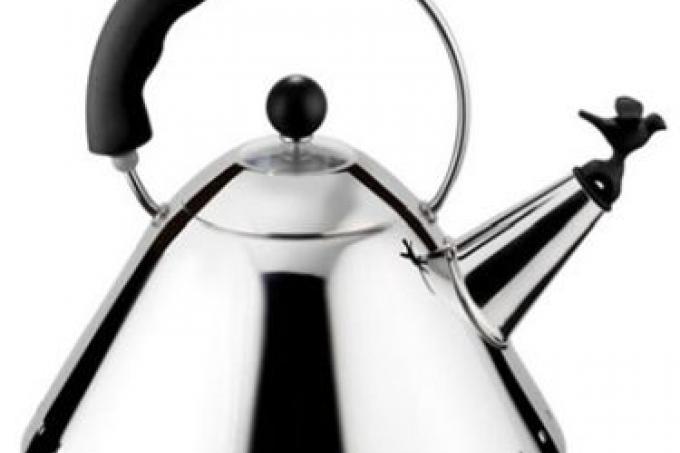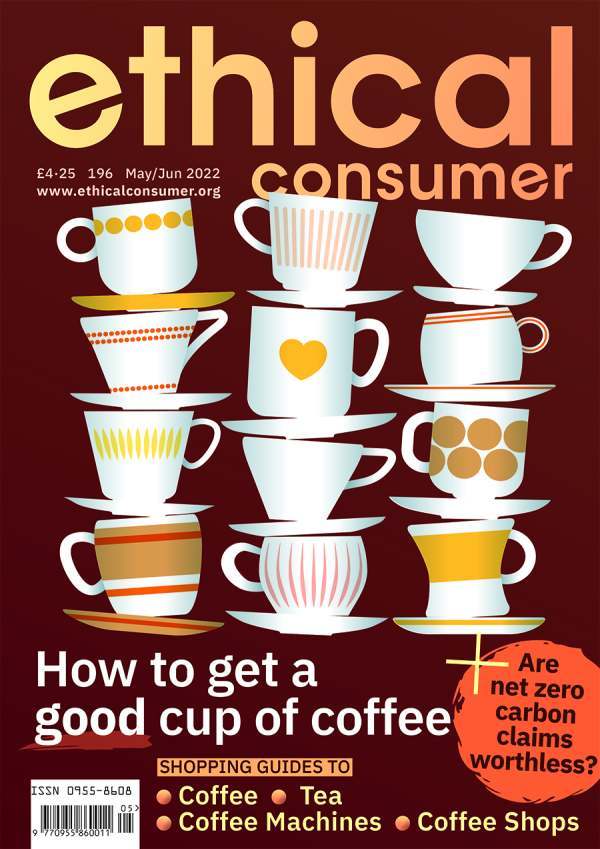Saving energy with electric kettles
Don’t overfill
The number one way to improve the energy efficiency of kettles is to stop overfilling them. It is really important to only boil the amount of water you actually need. You can do that if a kettle has a minimum water fill level marked on it. But some kettles, especially kettles that are wider at the bottom, have a minimum fill level that is typically 500 ml, too much if you just want one cup. A mug is about 350 ml whilst a tea cup is about 250 ml, so look for ones with those levels as a minimum.
If there is no fill guide on the kettle, a glass one will at least allow you to see how much water you are boiling.
Unfortunately, hob kettles don’t tend to have easy to read water gauges on them – they usually just have a ‘max fill’ line on the inside.
Ideally, all manufacturers should only be making kettles with clear and low minimum fill gauges. Perhaps that should be a legal requirement?
Use variable temperature settings
You can also save energy by using a kettle that has variable temperature settings. Not all hot drinks need boiling water. Rather than wasting energy by boiling the water and waiting for it to cool down a little, you can use exactly the right amount of energy to get the temperature you want.
Tea experts suggest the following ideal temperatures for teas:
- white and green teas are best at 70°C,
- black and oolong teas need water around 85°C,
- herbal infusions need 100°C water.
According to Best Buy coffee company Cafédirect, for coffee, the ideal is between 92 and 96°C, never boiling.
Insulated kettles
Many of us put the kettle on to boil and then forget about it once it has switched itself off, meaning that we need to reheat the water, using even more energy. But if you use an insulated kettle it will take less energy to reboil the water, if you do need to.
Vektra receives an extra Product Sustainability mark because all of its kettles are insulated. Severin receives a half mark because it only makes one insulated model.
Insulated kettles are essentially thermos flasks and kettles combined. Vektra guarantees that the water will stay hot for up to 4 hours after it is first boiled. Testing has shown that after 2 hours the water is at 80°C, hot enough to brew a cup of tea, and after 4 hours will be at 68°C. Because less energy is lost through the body of the kettle, an insulated kettle also uses less energy to boil than a standard kettle.
The Vektra kettles have a maximum water level indicator on the inside of the body, not a minimum fill level, but it matters less if you overfill because you don’t need to reboil the water. The Severin has an outside water gauge with a 200 ml minimum fill level.
Both produce models with variable temperature control, which indicate the current water temperature as well as letting you set it for different types of tea or coffee.
Where to buy our recommended brands
Prices range from £60-£100 for a Vektra kettle. The Vektra 4 (£100) has variable temperature control. They are available online from Vektra or Ethical Superstore website
Other recommended brand Severin has a kettle that costs £58 and can be purchased from the Ethical Superstore website
Doing without
There isn’t really an option for boiling water without a kettle. Saucepans, even with lids on and a flame that fits the pan, are less efficient than a purpose-made, hob kettle. [1]
What about using a microwave? According to Tom Williams, a researcher at the National Renewable Energy Lab, a microwave is less efficient than an electric kettle or electric hob kettle. Most of the energy is lost in the process of converting electricity to microwaves.
Metal, glass or plastic?
Even if a plastic kettle is Bisphenol A (BPA) free, user forums complain that there is initially a taste of plastic in the water with a new plastic kettle. Plus, it’s probably best to avoid putting more unrecycled plastic into the environment so opt for a stainless steel or glass one which can be recycled.
Boiling water taps
As the name suggests, boiling water taps provide instant hot water without the need to switch on the kettle or boil a pan on the hob. A boiling water tap needs to be plumbed in alongside or instead of your standard kitchen sink taps so there is a cost attached to that of a couple of hundred pounds at least, plus the cost of a plumber. They are plumbed into a separate water tank heated by electricity.
Manufacturers claim that boiling water taps use much less energy and water than a kettle and therefore cost less to run. They provide hot water much more quickly and easily than a kettle and make it much easier to add just the amount of water you need.
But Andy Smale, technical director at Expert Energy, a group of independent energy consultants, calculated that the difference in energy and cost savings were in fact minimal and any financial savings are not enough to recoup the initial costs. Plus, you could start using boiling water for unnecessary purposes therefore increasing your environmental and financial costs.




